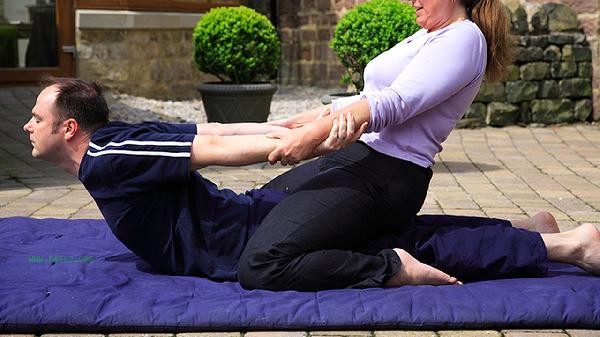Choosing 6-8 exercises per workout is more appropriate, as it can cover the main muscle groups and avoid excessive fatigue. The number of movements is mainly influenced by training objectives, physical fitness level, and recovery ability. When aiming to increase muscle mass, it is recommended to choose 2-3 compound movements for each muscle group combined with 1-2 isolated movements. For example, chest training can include flat bench presses, upward sloping dumbbell presses, and rope chest compressions, which can stimulate muscle growth while ensuring movement quality. Strength trainers should reduce the number of movements to 4-5, but increase the frequency of each group and the rest time between groups. Novice fitness enthusiasts can start with 4-5 basic movements and gradually increase the number of movements as their physical fitness improves.

High intensity interval training or cycling training can be appropriately increased to 8-10 movements, but the total duration needs to be controlled within 45 minutes. Special populations such as those with joint injuries should reduce jumping movements, and pregnant women should avoid supine movements during exercise. Middle aged and elderly fitness enthusiasts can choose 5-6 low impact exercises, with a focus on strengthening balance and flexibility training. The selection of fitness movements should follow the principle of gradual progress, with the initial focus on mastering standard movements. Timely supplementation of protein and carbohydrates after training, ensuring 7-9 hours of sleep, helps with muscle recovery. Regularly adjusting the training plan can avoid the plateau period, and it is recommended to replace some movements every 4-6 weeks. People with a larger weight base should pay attention to protecting their knee joints and prioritize sitting or using instruments. No matter how many actions are chosen, standardized action execution is more important than quantity.








Comments (0)
Leave a Comment
No comments yet
Be the first to share your thoughts!